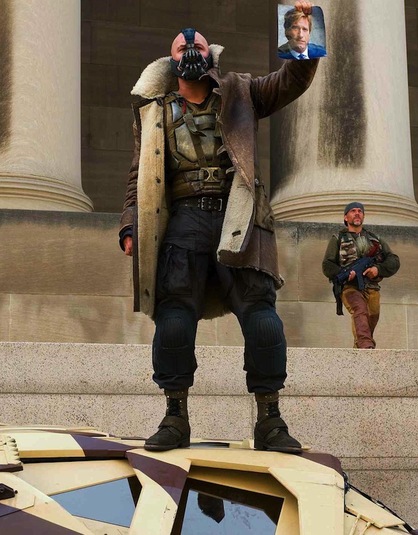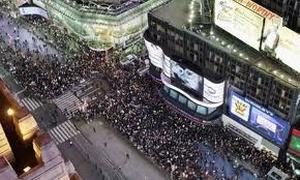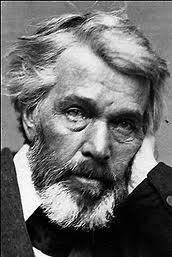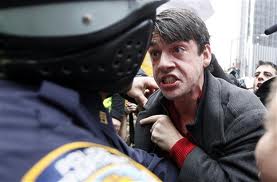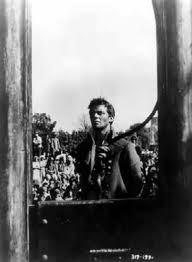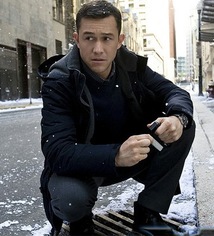The Dark Knight Rises, the French Revolution and
A Tale of Two Cities: Part 2
The Dark Knight Rises: neither a fascist nor a populist movie - it's a Dickensian movie (plus a dollop of Victor Hugo)
|
|
|
For more cliomuse.com insights into movies about the French Revolution -
A parallel with Les Misérables
Two of the nineteenth century's greatest novelists produced masterpieces on the nature of revolution. Dickens wrote A Tale of Two Cities and Victor Hugo, wrote Les Misérables, an enormous novel which covers three revolutions, and the key scene of which is set during a failed insurrection. Since its successful transposition into an incredibly popular stage musical, Les Misérables has become known to people whose only previous use for Hugo's novel would have been to use it to use it as a brick. Both novels have been made into movies on several occasions, most recently Tom Hooper's version of the stage musical. Most of the several movie versions (and the musical) use one of the most dramatic scenes in Hugo's novel, the failed Paris insurrection of 1832, which depicts savage street fighting between rebels occupying makeshift barricades and the troops sent in to suppress them, and provides a cinematic context for comment on the nature of revolutions. Were the Nolan brothers inspired by scene of revolt and resistance in movie versions of Les Misérables? Dark Knight Rises uses their features of armed protesters / revolutionaries supporting leader, use of barricades, and a brutal confrontation between two opposing sides on main city street.
